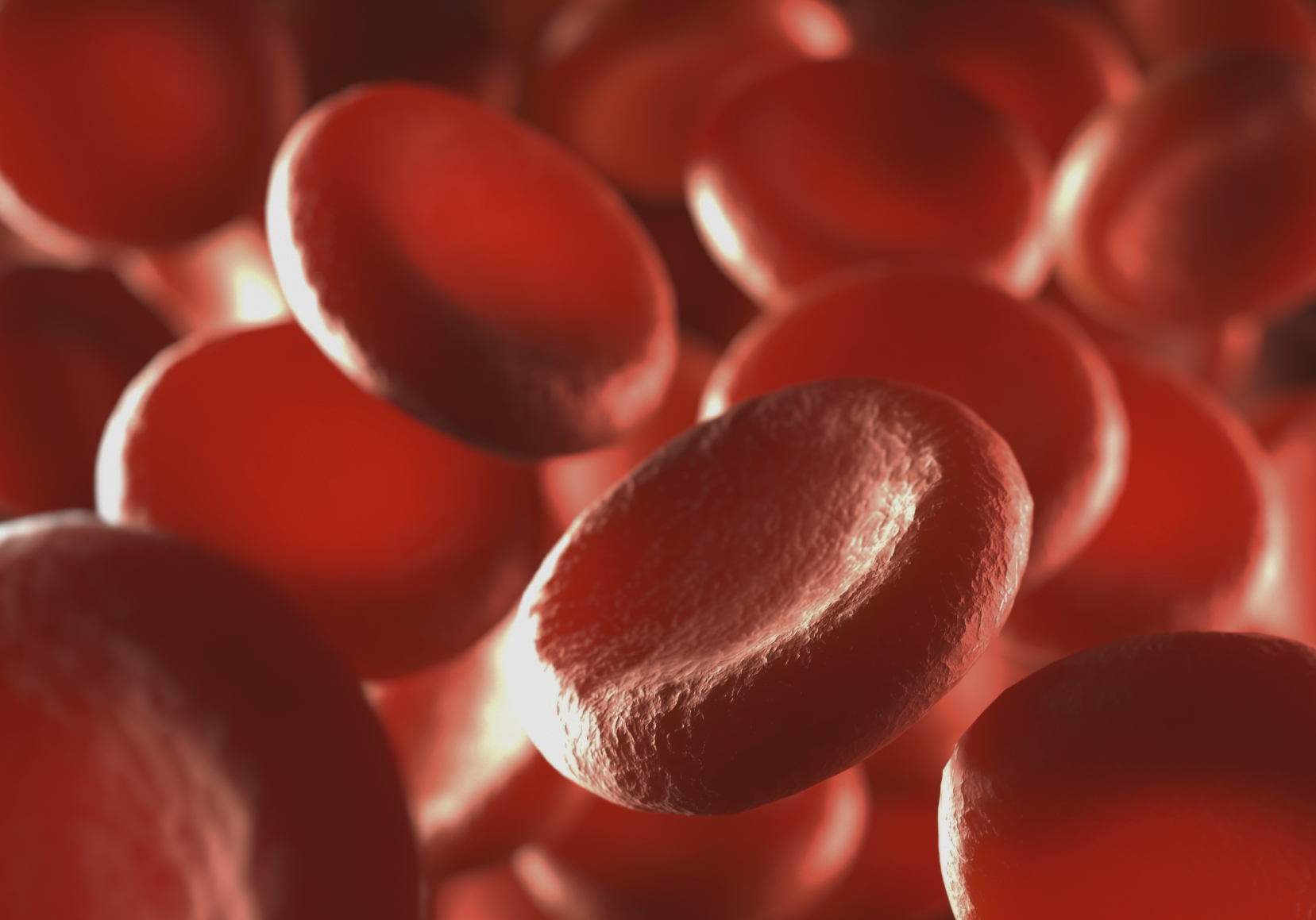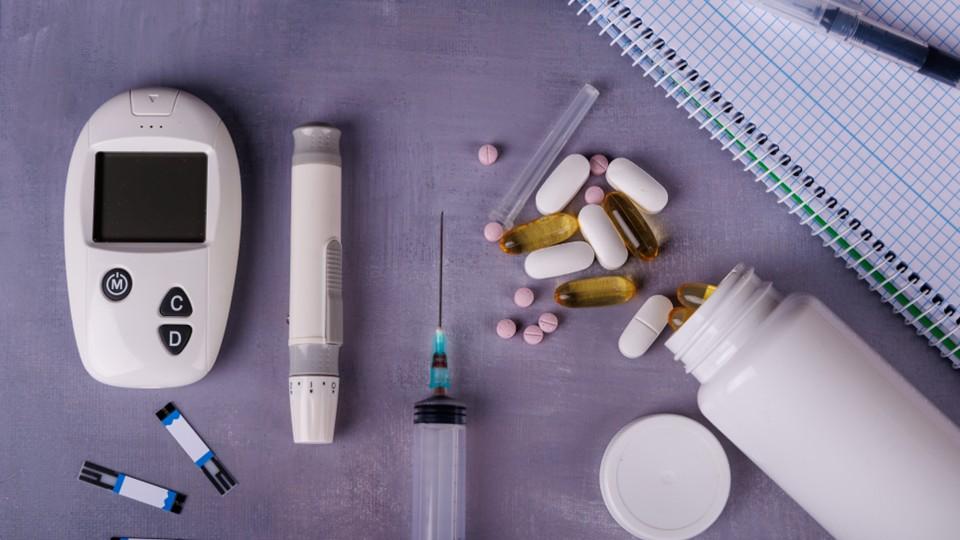Pivotal study begins for algorithm-enhanced insulin pump

Medical device firm Tandem Diabetes is to trial a new algorithm-based version of its leading insulin pump which can predict future blood glucose levels and automatically adjust insulin levels accordingly.
The t:slim X2 Insulin Pump is one of the firm’s core products and features Tandem’s trademark touchscreen technology alongside Bluetooth connectivity with compatible devices and 24-hour customer support.
The new trial will feature the pump coupled with the company’s predictive low glucose suspend (PLGS) algorithm and Dexcom’s G5 continuous glucose monitor. The algorithm is designed to automatically suspend insulin administration if blood glucose levels are predicted to fall. If blood glucose is then predicted to rise, the algorithm kicks in and more insulin is delivered.
The PROLOG (PLGS for Reduction Of Low Glucose) study will compare two three-week periods of at-home insulin pump use, one of which will feature the use of a standard t:slim X2 pump and the other with the PLGS-augmented pump.
A total of 90 type 1 diabetes patients will be recruited, aged 6 and above across five research centres in the US.
The study’s primary endpoint will be a reduction in CGM values below 70mg/dL – the lower boundary for normal blood glucose levels – when using Tandem’s PLGS algorithm.
“Mild to moderate hypoglycaemia occurs frequently during the day for people with type 1 diabetes, but of more concern is the severe hypoglycaemia which can occur at night causing seizures or even death,” said Dr. Bruce Buckingham, Professor of Paediatric Endocrinology at The Lucille Salter Packard Children’s Hospital, Stanford University, and principal investigator of the PROLOG trial.
“This new PLGS algorithm will allow for the automatic suspension of insulin delivery when glucose is predicted to be low. This is beneficial throughout the day but can be lifesaving at night when a person is otherwise unable to react.”
The trial follows the release of recent feasibility data for the PLGS algorithm. In an overnight, hospital-based study, the system successfully suspended insulin delivery when blood glucose values were predicted to fall below 80mg/dL and resumed delivery when they were predicted to rise.
In the 10 participants, no hypoglycaemic events occurred along with no rebound hyperglycaemia.
Tandem is looking to submit the t:slim plus PLGS system to the FDA in early 2018, said Kim Blickenstaff, president and CEO of Tandem. Subject to FDA approval, the firm is preparing for a summer 2018 US launch.
Combining algorithms with insulin pumps and CGMs is a growing approach in diabetes care. As part of the International Diabetes Closed Loop (IDCL) Trial by the National Institutes of Health, Roche, TypeZero Technologies and Senseonics are teaming in an attempt to develop a long-term, closed insuling delivery system that automatically administers insulin in response to high blood glucose levels.












